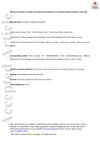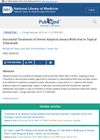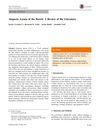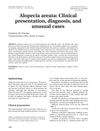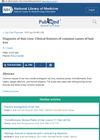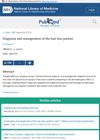Anagen Effluvium: A Review of Rapid Hair Loss During Growth Phase and Loose Anagen Hair Syndrome
January 2013
in “
Indian Journal of Dermatology, Venereology and Leprology
”
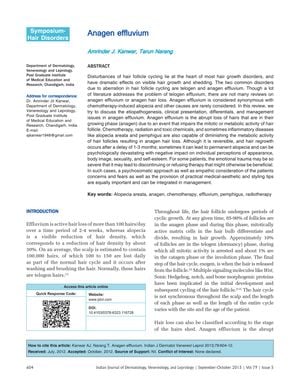
TLDR Hair usually grows back 1-3 months after treatment for anagen effluvium, and children with Loose Anagen Hair Syndrome often improve by adolescence.
The 2013 document reviewed anagen effluvium, a condition causing rapid hair loss during the hair's growth phase, often triggered by chemotherapy, radiation, or diseases like alopecia areata. It is generally reversible, with hair regrowth typically occurring 1-3 months after the end of treatment. The document also discussed Loose Anagen Hair Syndrome (LAHS), which affects mainly light-haired children and is characterized by easily pluckable hair, resolving by adolescence with observation as the primary treatment. In a study of 374 children with hair loss, 10% were diagnosed with LAHS. Topical treatments like cyclosporine A and FK 506 were shown to induce hair growth in murine models, and scalp cooling was mentioned as a method to prevent chemotherapy-induced hair loss, though no fully reliable prevention exists. The document highlighted the importance of patient education and psychological support, including medical-aesthetic advice and planning for head coverings, to manage the psychosocial impact of hair loss.
